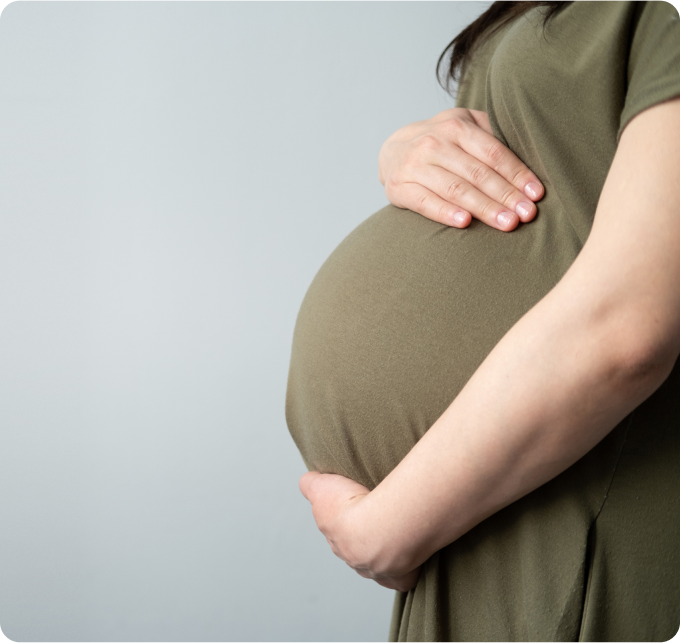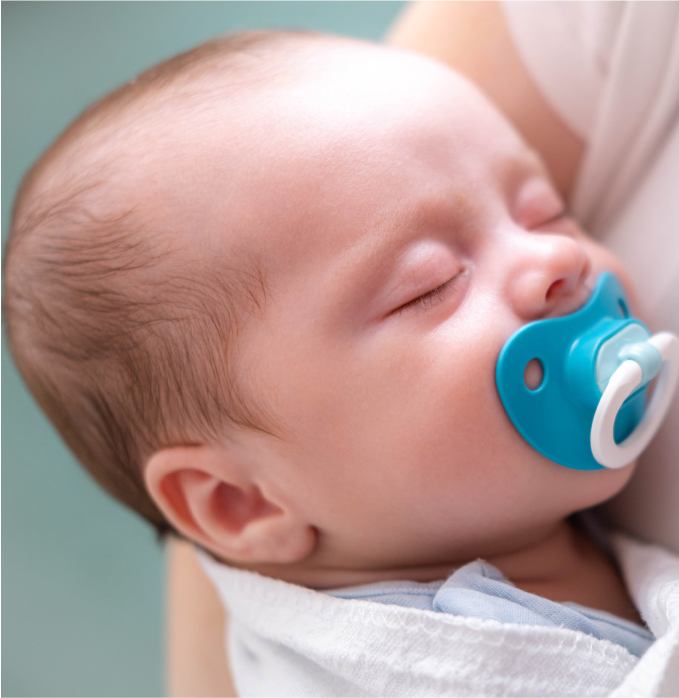In Vitro Fertilization


In Vitro Fertilisation
What is IVF In Vitro Fertilization?
In vitro fertilisation (IVF) was the first ART procedure and is still one of the most commonly used. During an IVF cycle, eggs and sperm are collected and placed together in a laboratory dish to fertilise. If the eggs are successfully fertilised in the lab, they are transferred into the woman’s uterus. Ideally, one of the fertilised eggs will implant and develop, just as in a routine pregnancy. The bulging upper section called the body
The narrow lower section called the neck, or cervix.
IVF is a four stage process
Stage 1
Ovarian stimulation, monitoring, and ovulation triggering
Having a greater number of mature eggs available for fertilisation increases the chances of pregnancy. Since a woman’s body normally releases only one mature egg every month, certain medications are used to prevent an early release of eggs while other medications are used to stimulate the ovaries to develop more ovarian follicles, usually between 5 and 10.
Stage 2
Egg retrieval
Egg retrieval once ovarian stimulation is complete and follicles have matured, your doctor will try to retrieve as many eggs as possible, although all the eggs may not be used in the current IVF cycle. Egg retrieval can be performed under mild sedation, a local anaesthesia or, in some cases, a general anaesthesia. The mature follicles are identified using ultrasound, and then a needle is passed through the vagina to withdraw the fluid from the mature follicle with gentle suction. The fluid is immediately examined under a microscope to see if an egg has been retrieved. The process is repeated for each mature follicle in both ovaries. All retrieved eggs are removed from the follicular fluid and placed in an incubator.
Stage 3
Fertilisation
Fertilisation about two hours before the eggs are retrieved, a semen sample is collected from the male partner and processed to select the strongest, most active sperm. The sperm are then placed with the eggs in an incubator set to the same temperature as a woman’s body. The next day, the eggs are examined under a microscope to determine whether fertilisation has occurred. If it has, the resulting embryos will be ready to transfer to the uterus a few days later.
Stage 4
Embryo development and transfer
Your doctor will discuss how long they will watch embryo development in the laboratory before performing embryo transfer. It is common for transfer to be done between day two (2-4 cell stage) and day five (blastocyst stage – around 100 cells) of development. This allows assessment of embryo cleavage (the way an embryo divides) and ensures the embryo is still developing so that only embryos capable of resulting In a pregnancy are transferred. Embryo transfer is not a complicated procedure and can be performed without anaesthesia. The embryos are placed in a tube and transferred to the uterus. The number of embryos transferred depends on a woman’s age, cause of infertility, pregnancy history, and other factors. However, in most cases a single embryo transfer is recommended to reduce the risk of a twin pregnancy. If there are additional embryos that are of good quality, they may be frozen (cryopreservation)

